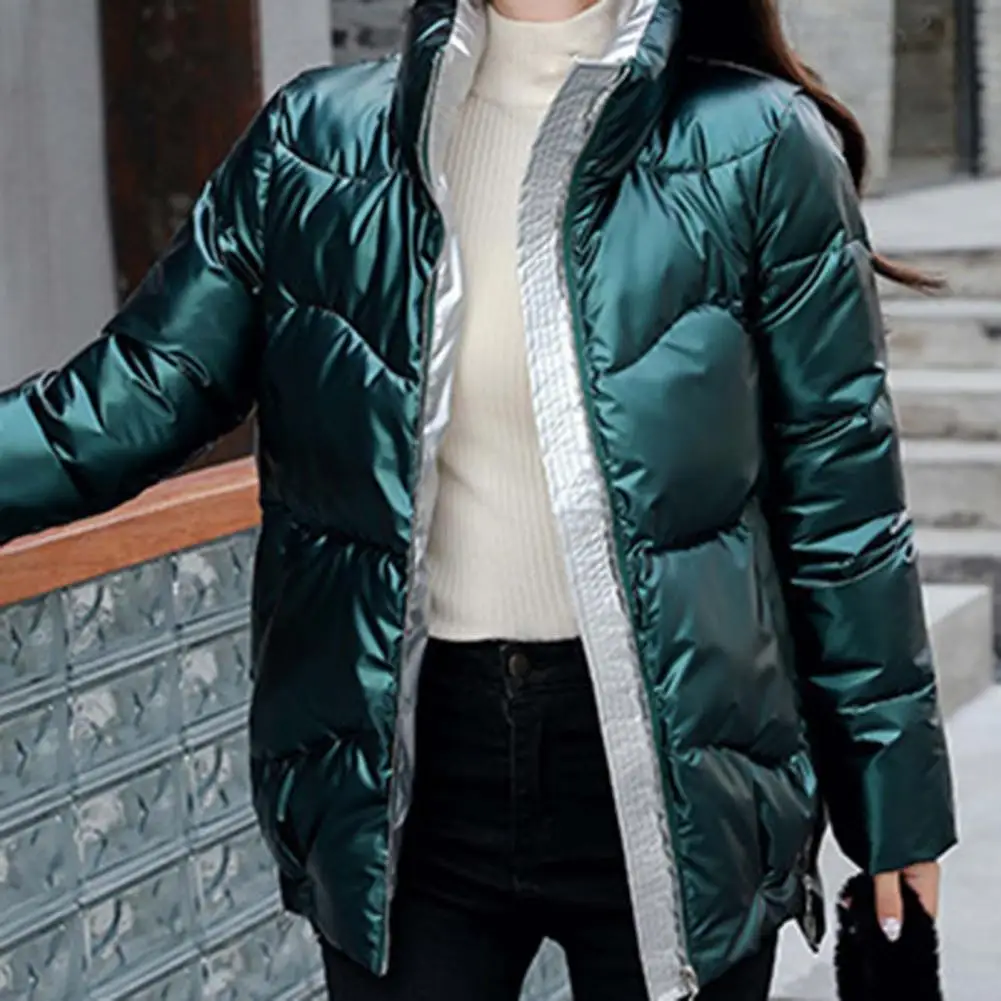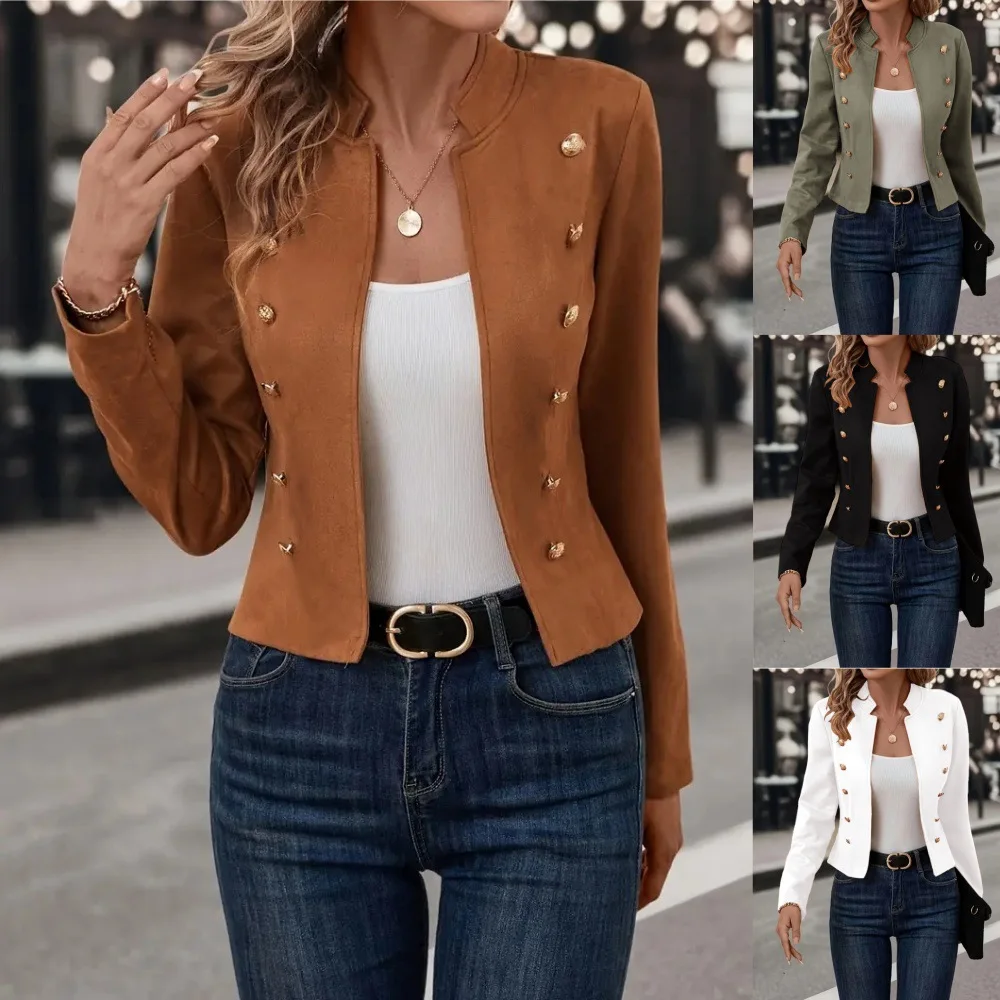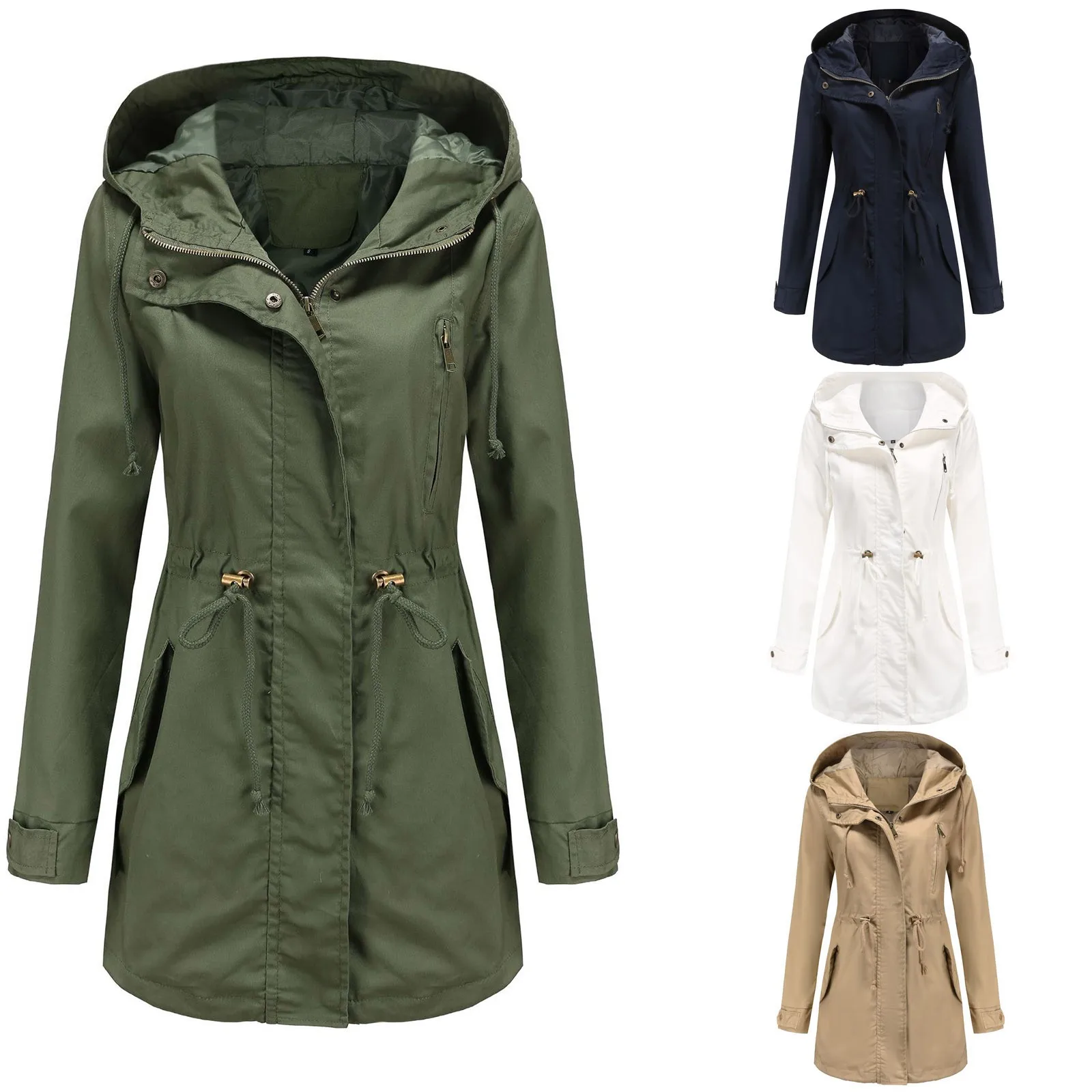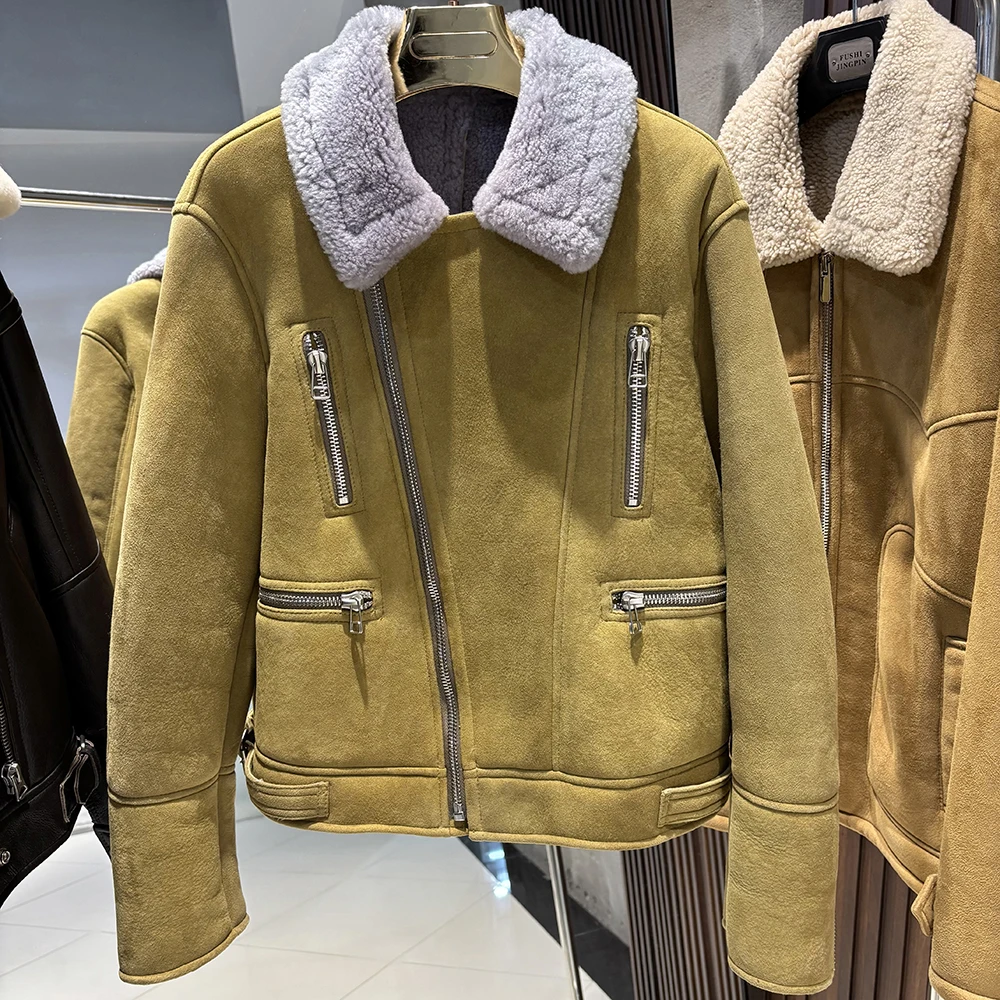To define outerwear is to understand the essential layer that protects and styles the human body in changing weather. Outerwear refers to garments worn over clothing to shield against cold, wind, rain, or snow. Jackets, coats, parkas, and vests all fall under this category. As a result, they play a critical role in both function and fashion. In everyday life, people rely on outerwear for comfort during commutes, outdoor work, or travel. Moreover, seasonal shifts drive demand for specific types. Consequently, brands design pieces that balance warmth, breathability, and visual appeal.
Beyond protection, outerwear expresses personal taste. Designers use cuts, colors, and materials to make bold statements. From sleek trench coats to rugged puffer jackets, each style tells a story. Social media and streetwear culture further influence trends. Therefore, to define outerwear is not just about utility—it’s about identity, climate response, and evolving style.
Contents
- 1 Common Types of Outerwear and Their Specific Uses
- 2 Materials That Shape Performance and Comfort
- 3 Seasonal Considerations in Outerwear Selection
- 4 Fashion Trends Influencing Modern Outerwear
- 5 Caring for Your Outerwear to Extend Lifespan
- 6 Frequently Asked Questions About How to Define Outerwear
- 7 Summary
 Common Types of Outerwear and Their Specific Uses
Common Types of Outerwear and Their Specific Uses
There are many categories when you define outerwear, each serving a unique purpose. Coats are typically long and offer full coverage. They extend below the hips and often reach the knees. Trench coats, wool coats, and pea coats belong here. These suit formal or semi-formal settings.
Jackets are shorter and more versatile. They usually end at the waist or hips. Denim jackets, bomber styles, and field jackets are common examples. Many people wear them daily due to their ease of movement. Parkas provide heavy insulation. They feature hoods, fur trims, and multiple layers. Ideal for winter, they protect against extreme cold.
Vests act as mid-layers or lightweight shells. Puffer vests add warmth without restricting arms. Quilted or sleeveless designs work well under larger coats. Each type meets different needs. Hence, choosing the right one depends on climate and activity.
Coats: Elegance and Full-Body Protection
Coats stand out for their length and structure. Wool coats retain heat while remaining breathable. They drape well and look polished with suits or dresses. Camel, black, and gray are timeless shades.
Trench coats originated as military gear. Today, they are fashion staples. Made from water-resistant cotton or polyester, they handle light rain. Belts at the waist create a tailored silhouette. Double-breasted styles add drama. Pea coats use thick wool and broad lapels. They were once naval uniforms. Now, they remain popular in urban winters. Thus, coats blend history, warmth, and elegance.
Jackets: Versatility in Style and Function
Jackets offer flexibility across seasons and occasions. Bomber jackets began as flight gear. Modern versions use nylon, satin, or leather. Ribbed cuffs and hem keep warmth in. They pair well with jeans or joggers.
Denim jackets are casual classics. They layer easily over tees or hoodies. Distressed finishes give a lived-in look. Leather jackets project toughness and edge. Biker styles with zippers and asymmetrical fronts dominate rock-inspired fashion.
Field jackets originated in the military. They include multiple pockets and durable cotton canvas. Often seen in olive green or khaki, they suit outdoor adventures. Because of their adaptability, jackets remain a core part of any wardrobe.
 Materials That Shape Performance and Comfort
Materials That Shape Performance and Comfort
The fabric used in outerwear determines how well it performs. Cotton offers breathability but absorbs moisture. When wet, it loses insulating power. Blends with polyester improve durability and water resistance.
Polyester is lightweight and quick-drying. It resists shrinking and wrinkling. Many raincoats and ski jackets use coated polyester. This creates a waterproof barrier. Nylon is even stronger. It withstands abrasion and wind effectively. Down-filled jackets often use ripstop nylon shells. These prevent tears and leaks.
Wool remains a top choice for cold climates. It insulates even when damp. Merino wool feels soft and resists odor. Fleece linings add extra warmth inside coats. Meanwhile, synthetic insulation like PrimaLoft mimics down. It works well in wet conditions. Material choice defines how outerwear handles real-world challenges.
Natural vs. Synthetic Fabrics
Natural fabrics like wool, cotton, and leather bring authenticity and breathability. Wool regulates temperature naturally. It wicks moisture and repels mildew. However, it requires careful cleaning. Leather looks luxurious and lasts for years. Yet, it can be heavy and expensive.
Synthetic materials such as polyester, nylon, and acrylic are easier to maintain. They resist water, dry fast, and hold shape well. Recycled synthetics support sustainability. Many brands now use plastic bottles to create fabric. This reduces waste and carbon footprint.
Hybrid designs combine both worlds. A wool coat may have a polyester lining. A leather jacket might include stretch panels. Therefore, modern outerwear blends the best of natural and man-made fibers.
Waterproof and Windproof Technologies
Weather-resistant outerwear uses special treatments. Laminated membranes like Gore-Tex block rain while allowing vapor to escape. This keeps wearers dry from both outside and inside. Sealed seams prevent water from entering at stitch points.
Durable Water Repellent (DWR) coatings cause droplets to bead up and roll off. These appear on jackets, parkas, and hiking shells. Over time, DWR wears off. Reapplication restores performance. Windproof fabrics use tight weaves or inner barriers. They stop cold gusts from penetrating.
These technologies are vital for hikers, cyclists, and city dwellers alike. Rainy climates demand reliable protection. Therefore, advanced features help define outerwear that truly performs.
Seasonal Considerations in Outerwear Selection
Choosing outerwear depends heavily on the season. Spring calls for light layers. Windbreakers, denim jackets, and trench coats work well. They handle mild temperatures and sudden showers. Bright colors and pastels reflect the season’s energy.
Summer outerwear includes ultralight shells. UV-protective jackets shield skin from sun damage. Mesh-lined vests improve airflow. Some people wear sarongs or overshirts as breathable cover-ups.
Fall requires transitional pieces. Wool blazers, field jackets, and quilted vests bridge warm days and cool nights. Earth tones like rust, olive, and brown dominate. Layering becomes key.
Winter demands maximum insulation. Puffer coats, parkas, and heavy wool overcoats take center stage. Fur-lined hoods and thermal linings trap heat. Darker colors hide dirt and absorb sunlight. Hence, seasonal changes guide smart outerwear choices.
Layering Strategies for Maximum Warmth
Layering improves thermal efficiency. Base layers wick sweat away from the skin. Mid-layers like sweaters or fleece add insulation. Outerwear seals everything in. This system adapts to activity levels.
For example, a skier might wear thermal underwear, a fleece hoodie, and a waterproof shell. If too warm, they unzip the jacket. If colder, they add a vest. Vents under the arms release excess heat. Zippers allow quick adjustments.
Urban commuters use lighter systems. A button-down shirt, cardigan, and trench coat work in fall. Breathable fabrics prevent overheating on walks. Proper layering ensures comfort in fluctuating conditions. Therefore, outerwear functions best as part of a system.
 Fashion Trends Influencing Modern Outerwear
Fashion Trends Influencing Modern Outerwear
Fashion constantly reshapes how we define outerwear. Oversized silhouettes have gained popularity. Boxier coats and longline jackets create dramatic shapes. Streetwear brands promote slouchy fits.
Neutral palettes remain strong. Beige, gray, black, and white suit minimalist aesthetics. Bold colors like red or electric blue make statement pieces. Camouflage, plaid, and checkerboard prints add flair.
Gender-neutral designs are rising. Unisex cuts focus on fit rather than tradition. Many brands now offer inclusive sizing. Sustainability also drives change. Eco-friendly dyes, recycled materials, and ethical labor practices matter to buyers.
Luxury labels collaborate with outdoor brands. High-fashion puffers and designer trenches appear yearly. Runway trends trickle down to mainstream markets. Therefore, fashion plays a growing role in outerwear evolution.
Caring for Your Outerwear to Extend Lifespan
Proper maintenance keeps outerwear functional and looking new. Always check care labels before washing. Many coats require professional cleaning. Wool and leather should not go in home machines.
Machine-washable jackets should be turned inside out. Use cold water and mild detergent. Avoid bleach and fabric softener. These damage coatings and fibers. Zip all zippers and close Velcro to prevent snagging.
Air drying is safest. Tumble drying can shrink or melt synthetic fibers. Hang coats on wide wooden hangers. This preserves shoulder shape. Store seasonal items in breathable garment bags. Remove stains promptly to avoid setting.
Storage Tips for Off-Season Preservation
Store off-season outerwear in a cool, dry place. Avoid plastic bins that trap moisture. Use cotton garment bags instead. Cedar blocks deter moths without harsh chemicals.
Never compress down-filled jackets long-term. Squashing destroys loft and insulation. Let them breathe in open closets. Keep leather items conditioned. Wipe with a damp cloth and apply leather oil occasionally.
Inspect all zippers, buttons, and seams before storage. Repair small issues early. This prevents bigger problems later. Rotate wear between multiple pieces. With proper care, outerwear lasts for years.
 Frequently Asked Questions About How to Define Outerwear
Frequently Asked Questions About How to Define Outerwear
What counts as outerwear? Any garment worn over clothing for protection. This includes coats, jackets, vests, parkas, and windbreakers. Raincoats and ski shells also qualify.
Is a hoodie considered outerwear? Only if it’s designed for weather protection. Thick, water-resistant hoodies count. Lightweight fashion hoodies do not.
Can outerwear be stylish and functional? Yes. Modern designs combine both. Look for clean lines, quality materials, and smart details.
How do I choose the right outerwear for my climate? Match fabric and weight to average temperatures. Wet areas need waterproofing. Cold zones require insulation. Layering helps in variable conditions.
 Summary
Summary
To define outerwear is to recognize its dual role as protector and style statement. It shields the body from weather while reflecting personal taste and cultural trends. From trench coats to technical parkas, the range is vast and ever-evolving. Thanks to innovative materials and thoughtful design, today’s outerwear performs better than ever.
Whether bought for function, fashion, or both, each piece serves a purpose. Proper care ensures longevity and continued performance. As lifestyles change and climates shift, outerwear adapts accordingly. Its importance in daily dressing remains constant. Ultimately, to define outerwear is to appreciate a fundamental layer of modern living—one that balances necessity, comfort, and expression.